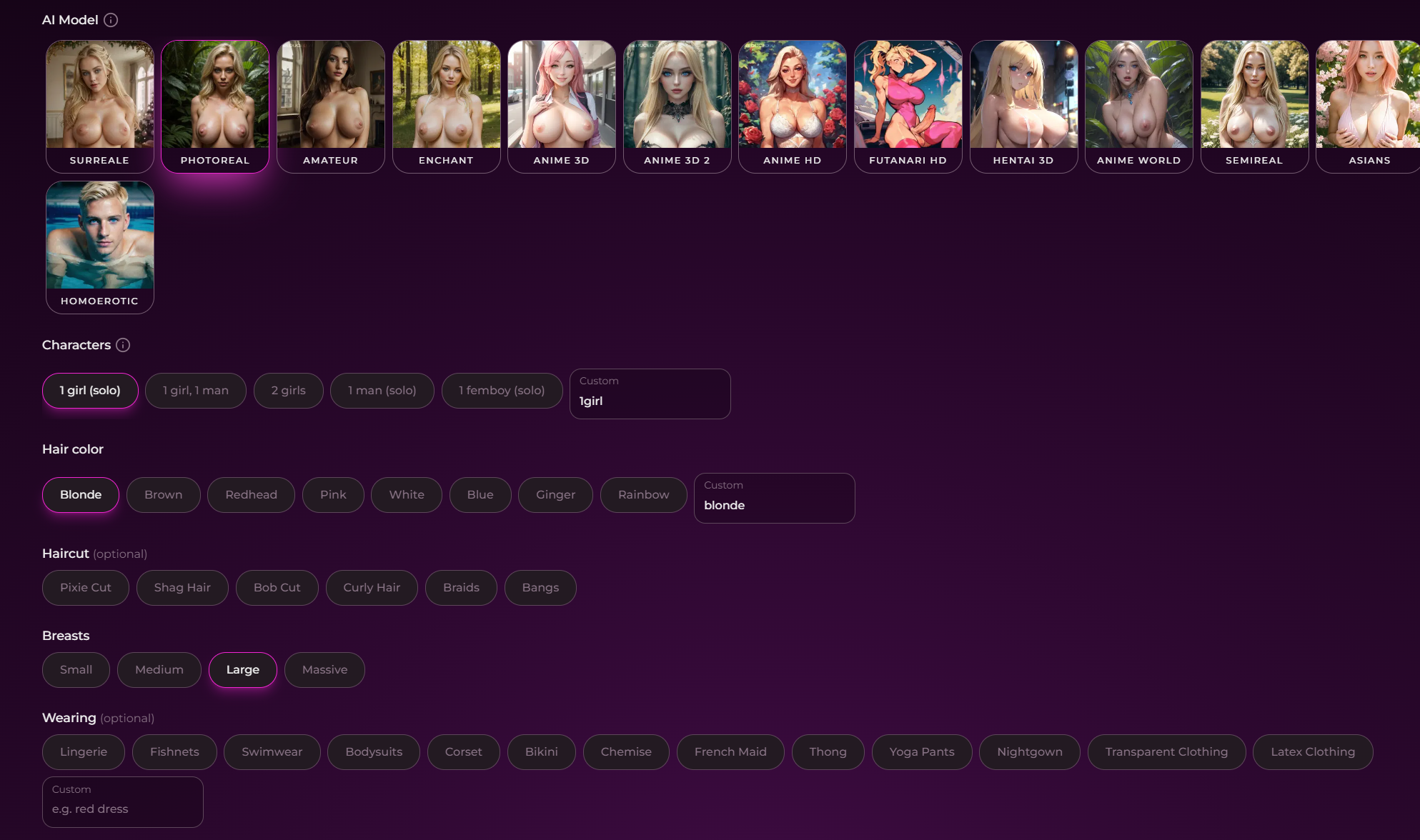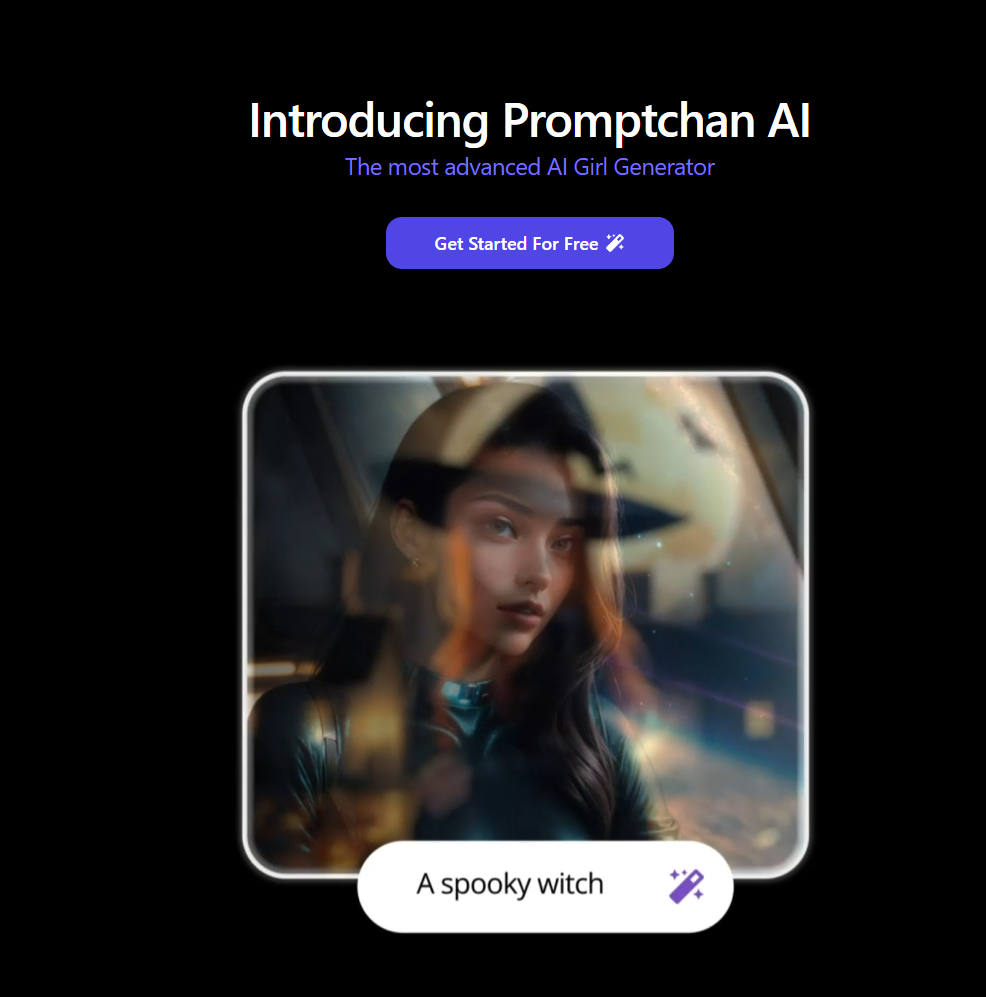From Runways to Retail: The Impact of Ai Cameltoe on Consumer Preferences
Although fashion has always been at the forefront of creating trends and setting standards, one particular trend that has recently emerged may be causing a stir not just on the runways but also in retail stores. This phenomenon is known as Ai Cameltoe and it has sparked debates among consumers regarding its impact on their preferences when it comes to clothing choices.
The Rise of AI Cameltoe
AI Cameltoe first gained attention in 2019 when South Korean designer Kaimin showcased her collection during New York Fashion Week with models wearing sheer bodysuits that exaggerated their cameltoes. The designer collaborated with AI company SuperPersonal to create hyper-realistic models with digitally enhanced features such as elongated legs and prominent cameltoes. This move sparked controversy within the fashion community, with some praising it for challenging traditional beauty standards while others criticized it for promoting unrealistic body ideals.
Since then, more designers have incorporated AI Cameltoe into their collections, either through manipulated images or digitally created models. In 2023, Italian designer Roberto Cavalli teamed up with AI startup ARAV to create a digital fashion show featuring models with exaggerated cameltoes wearing the brand’s latest collection. The use of AI Cameltoe has also extended beyond the runway and into marketing campaigns, with brands like Victoria’s Secret and American Apparel using it to promote their products.
The Impact on Consumer Preferences
The presence of AI Cameltoe in the fashion industry has raised questions about its impact on consumer preferences. Some argue that it perpetuates unrealistic beauty standards and objectifies women by reducing them to sexual objects. On the other hand, proponents argue that it celebrates diversity and challenges traditional notions of beauty.
To understand the potential impact of AI Cameltoe on consumer preferences, we must first look at how AI technology works. When creating hyper-realistic models or manipulating images, AI algorithms analyze thousands of data points to determine what is considered ideal or attractive. This data is often based on societal norms and beauty standards, which are heavily influenced by media and advertising. Therefore, the use of AI Cameltoe may reinforce these narrow beauty ideals and further marginalize individuals who do not fit into this mold.
Moreover, studies have shown that exposure to idealized images can lead to body dissatisfaction among women, which can then lead to negative self-perception and unhealthy behaviors. With AI Cameltoe becoming more prevalent in fashion, there is a concern that it may contribute to body image issues and eating disorders among consumers.
On the other hand, supporters of AI Cameltoe argue that it promotes inclusivity and diversity in an industry known for its lack thereof. By digitally enhancing features such as cameltoes, designers are challenging traditional notions of beauty and celebrating different body types. They argue that instead of being seen as sexual objects, women should feel empowered by their bodies’ natural shape, including cameltoes.
The Role of Technology in Shaping Preferences
The use of AI Cameltoe in fashion raises broader questions about the role of technology in shaping consumer preferences. With AI becoming increasingly integrated into our daily lives, there is a concern that it may influence and even dictate what we find attractive or desirable. This phenomenon is known as technological determinism, where technology is seen as the primary driving force behind social and cultural change.
In the case of AI Cameltoe, technological determinism suggests that consumers’ preferences for this feature are not based on personal preference but rather influenced by the constant exposure to digitally manipulated images. It also raises concerns about the level of control we have over our own desires and how much we are being influenced by external factors.
Pros:
- AI Cameltoe challenges traditional beauty standards and promotes diversity.
- AI technology can create hyper-realistic models that accurately represent different body types, leading to more inclusive fashion campaigns and shows.
- It empowers women to embrace their natural bodies and not feel ashamed of features like cameltoes.
Cons:
- The use of AI technology reinforces narrow beauty ideals, potentially leading to negative body image perceptions among consumers.
- There is a concern that AI may shape consumer preferences and limit individual autonomy in making their own choices.
- AI Cameltoe perpetuates unrealistic beauty standards and objectifies women by reducing them to sexual objects.
Candy.ai
One prominent player in the world of AI Cameltoe is Candy.ai, a startup founded in 2022 by a group of computer scientists and fashion designers. Candy.ai’s main focus is creating hyper-realistic models for fashion brands using AI technology. Their models are known for their exaggerated features, including prominent cameltoes.
One of the main advantages of Candy.ai’s technology is its ability to create diverse and inclusive models. By using AI algorithms, they can accurately represent different body types, skin colors, and facial features, challenging traditional beauty standards in the fashion industry. This has led to collaborations with several brands that prioritize diversity and inclusivity, such as Savage X Fenty by Rihanna and Chromat.
Candy.ai’s technology has also been praised for its efficiency in creating digital fashion shows and marketing campaigns. With the rise of virtual events due to the COVID-19 pandemic, designers have turned to AI companies like Candy.ai to create hyper-realistic models that showcase their collections. This has resulted in more visually striking and creative presentations compared to traditional runways.
Pros:
- Collaborations with brands that prioritize diversity have improved representation in the fashion industry.
- Candy.ai promotes diversity and inclusivity in the fashion industry through accurate representation of different body types.
- Their technology is efficient and cost-effective for creating digital fashion shows.
Cons:
- There is a concern that the demand for hyper-realistic models may lead to a decrease in opportunities for real-life models.
- The use of AI Cameltoe may contribute to objectifying women by reducing them to sexual objects.
- Candy.ai’s focus on exaggerated features like cameltoes may perpetuate unrealistic beauty standards.

Seduced.ai
Founded in 2024, Seduced.ai is a startup specialized in manipulating images using AI technology. Their clients include fashion brands looking to enhance specific features or create a particular aesthetic for their products. One of their most requested services is enhancing cameltoes on images of female models wearing tight clothing.
One of the main advantages of Seduced.ai’s technology is its ability to create hyper-realistic images without the time and cost associated with traditional photoshoots. This has led to an increase in the use of digitally manipulated images in fashion campaigns, which can be more easily controlled and altered compared to real-life models.
Another advantage of Seduced.ai’s technology is its versatility in creating various aesthetic styles. This has led to collaborations with brands that prioritize a particular aesthetic, such as Yeezy and their athleisure style.
Pros:
- Seduced.ai’s technology allows for efficient creation of hyper-realistic images without the need for traditional photoshoots.
- Their versatility in creating different aesthetics caters to a range of fashion brands.
- This technology provides opportunities for brands to experiment with creative concepts without the limitations of real-life models.
Cons:
- The demand for AI manipulated images may lead to a decrease in opportunities for real-life models.
- There is a concern that digitally enhanced images may contribute to unrealistic beauty standards and lead to negative body image perceptions among consumers.
- The use of AI Cameltoe perpetuates the objectification of women by reducing them to sexual objects.

PromptChan
PromptChan is an AI company founded in 2025, specializing in generating hyper-realistic digital models based on prompts from clients. Their technology uses data points from societal norms and preferences to create models that align with specific client requests. This includes features such as cameltoes, elongated legs, and hourglass figures.
One advantage of PromptChan’s technology is its personalization aspect. By using client prompts, they can generate models tailored to individual preferences or brand needs. This can lead to more accurate representation of beauty ideals from different cultures and regions, challenging the dominance of Western beauty standards in the fashion industry.
Another advantage of PromptChan’s technology is its potential to revolutionize the concept of fashion designing. With the ability to create digital models based on prompts, designers may no longer need physical mannequins or real-life models for their creative process. This can significantly reduce costs and production time, leading to more efficient and sustainable fashion practices.
Pros:
- Their technology has the potential to revolutionize traditional fashion design methods by eliminating the need for physical mannequins and real-life models.
- PromptChan’s technology allows for personalized and accurate representation of beauty ideals from different cultures. You can easily find a wide selection of mature sex websites to fulfill your desires for experienced partners at SexCum.co.uk.
- This technology can lead to more efficient and sustainable practices in the fashion industry.
Cons:
- There is a concern that AI Cameltoe may objectify women by reducing them to sexual objects.
- The demand for digitally created models may lead to a decrease in opportunities for real-life models in the fashion industry.
- The use of client prompts based on societal norms may perpetuate unrealistic beauty standards and contribute to negative body image perceptions among consumers.
The Future of AI Cameltoe in Fashion
The rise of AI Cameltoe in the fashion industry has sparked debates about its implications on consumer preferences, body image perceptions, and traditional notions of beauty. While some argue that it promotes diversity and challenges narrow beauty standards, others are concerned about its potential contribution to objectifying women.
However, one thing is certain: AI technology will continue to play a significant role in shaping consumer preferences in the future. As advancements are made in AI algorithms and technology, we can expect even more hyper-realistic models with digitally enhanced features like cameltoes. Or, the AI Pornstar is a controversial project that raises ethical questions about the intersection of technology and sexuality. It will be up to fashion brands and society as a whole to critically examine the impact of AI Cameltoe on the industry and strive for a more inclusive and ethical approach to fashion.

Candy.ai
✔️ Generate AI Porn Images
✔️ Listen To Voice Messages
✔️ Fast Response Time

Seduced.ai
✔️ Generate AI Models
✔️ Save & Reuse Girls
✔️ 300 Images Per Month

PromptChan.ai
✔️ Completely Free To Test
✔️ Edit Your AI Models
✔️ Make Porn Images (no limit)
What is an ai cameltoe?
An ai cameltoe is a term used to describe the appearance of a woman’s genital area when wearing tight clothing, such as leggings or swimsuits. The term ai refers to artificial intelligence, indicating that the shape may be enhanced or exaggerated through photo editing or manipulation by computer software. This can also refer to a similar effect in virtual characters or avatars created by AI technology.
How does ai technology relate to cameltoe?
AI technology, specifically computer vision algorithms, can be used to detect and prevent cameltoe in clothing. By analyzing images and videos, AI can identify when tight clothing or improper fitting may result in the appearance of cameltoe. This technology can assist clothing designers in creating better-fitting garments and also help individuals who want to avoid this particular fashion faux pas.
